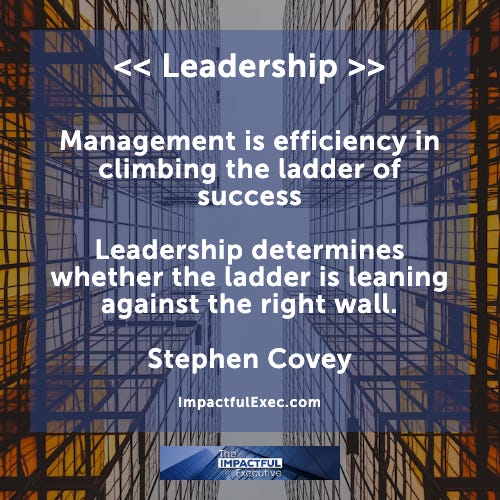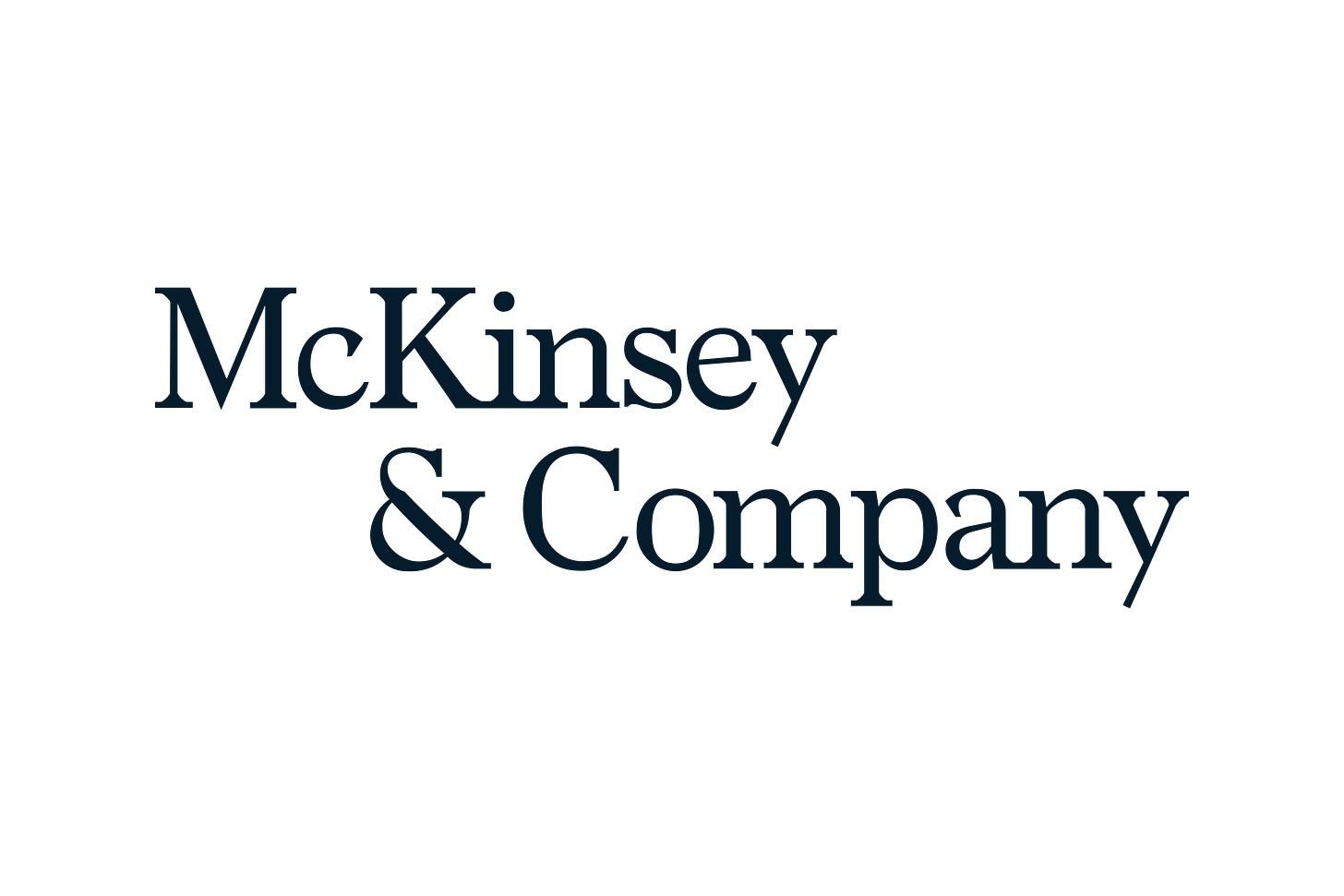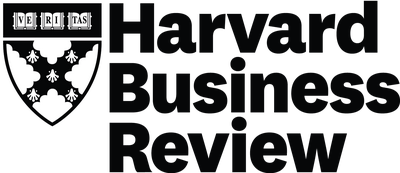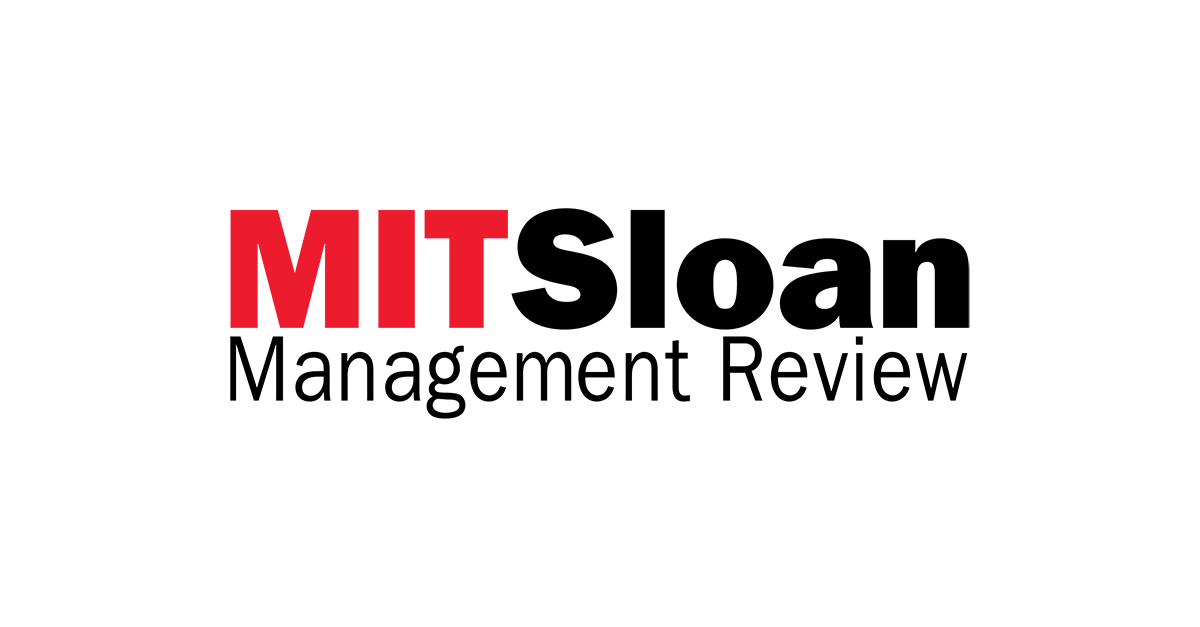Weekly Impact Brief (2023.Oct.22)
Positive self-promotion; The change gene; 3 managerial mistakes; and Successfully confronting a superior.
Note: We are in private beta. There are rough edges; this Brief will evolve in the coming weeks before we launch more broadly. We value your feedback! To share your input, click here.
Read time: 3 min
Welcome
It’s great to have you here!
This Brief offers leaders quick, fact-driven insights on trending articles released in the last week around leadership, innovation, and more. These are curated from top sources, such as McKinsey, Harvard, and many others, looking at elements of the Impactful Framework.
In case you missed the last Impact Briefs, here are the links for the previous two:
Thought Starter
Last week, we covered the element of “Innovation”; this week, we cover “Leadership”, a fundamental element of any successful organisation. It encapsulates the essence of guiding teams and individuals towards the realisation of organisational objectives, setting a tone of excellence and motivation throughout the company.
Highlights
Wharton School of the University of Pennsylvania: Why Shameless Self-Promotion Backfires At Work
McKinsey & Company: Leading Through Disruption Requires ‘The Gene For Change’
Harvard Business Review: 3 Mistakes First-Time Managers Make With Digital Transformation
[Feature] MIT Sloan Management Review: The Delicate Dynamics of Challenging A Superior
Impact Pulse
Each week, we review 200+ articles from 50+ premier academic and consulting firm sources to highlight a few “essentials” below.
Why Shameless Self-Promotion Backfires At Work
Big Idea: Use "dual-promotion" – simultaneously highlighting your own achievements and acknowledging the contributions of others – to promote yourself and appear more likeable, competent, and trustworthy without being boastful.
Quick Quote: “A person who describes their own accomplishments while complimenting others is perceived as competent because they document their own accomplishments and have the expertise to evaluate their colleagues or competitors, confident because they don’t mind shining the spotlight on others, and collaborative because they speak in inclusive terms.”
Leading Through Disruption Requires ‘The Gene For Change’
Big Idea: Implement a transformative approach to leadership, focusing on innovation, embracing AI advancements, and reshaping teams for agility and resilience. Develop risk-taking, authentic leaders open to continuous change.
Quick Quote: “Transformations are hard, and you need people who have a level of grit and resiliency beyond what you might need to run a business in a steady state. I looked for people with the gene for change and a desire for change to be a key element of what they do. And once everybody was in place, we spent a lot of time on team building. People underestimate how much time it takes outside of the day-to-day work to build the trust and candor necessary to get through difficult things. We’ve invested a lot of our time in building that trust. And it’s not something you do just once; it’s a continuous process as new members come in and others leave…”
Three Mistakes First-Time Managers Make With Digital Transformation
Big Idea: Aim to understand when and where to appropriately apply digital solutions to avoid three digital transformation pitfalls of: seeing every problem as a digitalization opportunity (“Digital Curiosity Trap”); assuming everyone agrees with digitalization (“Digital Readiness Trap”); and trying to replicate digitalization in a situation where it is not applicable (“Replication Trap”).
Quick Quote(s): “Some decisions demand human cognition beyond algorithmic rules… not every business problem needs a digital solution.
Before making any kind of change, you need to first understand the business, how it operates, who is involved in the work you’re considering changing, what their priorities, interests, and needs are, and what may be influencing or causing the problem in the first place… you may discover that the problem area is deeper than it initially appeared or that it requires a solution much simpler than adopting a new technology…
Digital transformation is less 'digital' (technology-based) and more 'transformation' (people-based)… A bad process, when automated, does not become good processes — it merely becomes a bad automated process… Processes exist to deliver value to people, and technologies exist to deliver excellence in processes."
Featured Summary
Below are our featured insights for the week: a series of Accenture videos highlighting brain hacks to facilitate learning.
The Delicate Dynamics of Challenging A Superior
Big Idea: Challenging superiors requires understanding power dynamics, choosing the right timing, prioritizing private discussions, using "I" statements, being open to feedback, aligning with supportive peers, keeping the organization's goals in focus, preparing for varied outcomes, and viewing the process as an opportunity for growth.
Quick Quote: "The act of challenging a superior necessitates more than just raising one’s voice; it involves understanding, navigating, and engaging in the subtle yet complex dance of power dynamics, diplomacy, and mutual respect."
Lighter Side
As usual, let's end on a light note!
Here’s today’s cartoon.
Have a clever caption for today's cartoon?
Share it with us, and we might feature it on LinkedIn, Twitter, or in an upcoming Brief!
Parting Thoughts
Thank you for spending your precious time with us.
We are still in early “beta” mode for the coming weeks. If you find this Brief useful, please forward it now!
Please feel free to reach out with any thoughts or questions that today’s insights might have sparked.
Impactfully yours,
Ali Monadjem (LinkedIn profile)
For The Impactful Executive Team
P.S. If you want to sign up for The Impactful Executive private email list or share it with a friend or colleague, you can find us here.







